Environmental, Social and Economic Effects of Your Commute
Do you love to leave your warm house every morning and get into a cold car? Does rush hour traffic fill you with joy? Do you enjoy donating thousands of dollars to the petrochemical companies in exchange for their gasoline? If so, this article is not for you. If, on the other hand, you wish there were real alternatives to car-based commuting, read on.
Best to Worst – Ways to Get to Work
#1. Work from home.
The number one most environmentally benign way to get to work is to walk into the
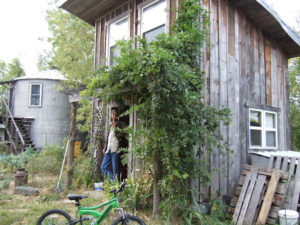
next room. There is no commute. You’ll get more time with family and friends to do what you value. You can do exactly what you want to do. When you work from home you can work for yourself and create your own job. I’m creating my dream job of helping parents heal their own childhood wounds so they do not pass them on to their children at parentcoaching.org. You can create your dream job too.
With high speed internet and a service or product to offer, you can find ways to make money without leaving your home office. One of the downsides to working from home can be increased difficulty in setting boundaries so that family bleeds over into work and work bleeds over into family.
The path to creating successful work from home will likely teach you a great deal about yourself. When the responsibility starts and stops with you, there is no one else to blame. No personal growth workshop or seminar has taught me as much as I’ve learned from starting my own parent coaching business. Not enough time with your family? Want to play more with your friends? Want more sleep? What you do with those hours you used to spend commuting is up to you. Enjoy the freedom.
#2. Bike commute.
As many Portland-area residents already know, riding your bike to and from the office offers all the environmental benefits of working from home. It also offers some added physical benefits from the fresh air and exercise you get when biking. The time with fresh air to ‘reset’ while biking from home to office and office to home can be invaluable.
You’ll get to know your surroundings better and see many things you miss while driving. The flowers start blooming, the weather is windy, sunny, cold, or wet and you care about it in a different way when you’re biking than when you’re sealed into the metal box of your car. While not always comfortable, this intimacy with you environment can make you more aware of other things you do that affect the natural world.
#3. Public Transit.
Train. Commuter shuttle. Metro. Bus. Research the ways to get around in your town. Sometimes there are surprising options you don’t even know about. Some cities, like San Francisco and Washington, D.C. have well known commuter options. TriMet provides bus, light rail and commuter rail transit services in the Portland-metro area and has a list of service providers for surrounding areas on their other local transit services website. Even small towns may have public transit, but it may take more sleuthing on your part to find it. For instance, here in rural Missouri where I live there is a free bus that will take a person to any destination in one of several ‘nearby’ towns. The Ride Connection website is a good place for rural Clackamas, Multnomah, and Washington county residents to start looking, and Gorge TransLink serves Columbia Gorge communities on both sides of the river.
For many of us, it takes courage and creativity to put our transit in someone else’s
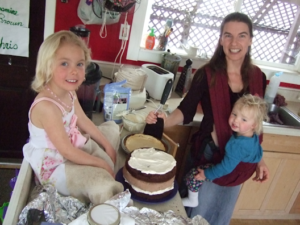
hands. We’re so familiar and comfortable with the freedom of having our own set of wheels ready for us at a moment’s notice that the mental/emotional shift to take public transit is often a big hurdle. Try taking your bike with you. That way you can get around faster and farther than your feet will take you and you may be able to get to a busier part of town with more transit option.
If you’re not lucky enough to live in an area that has public transit, you can start talking with your employer and other nearby companies to see if they would be willing to help arrange transit. Perhaps you could arrange a shuttle that travels a major commuter corridor and brings multiple employees to work? The incentives for the company lie in looking ‘greener’ and more environmentally friendly. They’ll love showing off how cutting edge and environmentally proactive they are by creating an HOV commuting option.
#4. Ride Share
It takes almost exactly the same amount of time, money, and gasoline to move two people in a car as to move one. Who can you ride with? Try a carpool hook-up site to find partners. Take advantage of park and ride options where one of you leaves a car near a common intersection. Then you can share the ride for most of the miles of the trip without having to go door-to-door.
Park and Ride might even make bike commuting more possible. If you only have to bike a few miles from your house to a major intersection, then a combination of bike and ride share can get you to work while saving you the wear and tear on your car and the environment. Maybe it could even allow you to cut down to one car for your family or free you up from a car altogether.
#5 Drive your own car.
The freedom of the single owner car is legendary. It is so appealing that we are exporting the idea to developing countries so that they too can consume all the resources to manufacture, distribute, and drive automobiles. But what if cars are not as free as we think? What if the costs to own, insure, and maintain your car are a big part of what keeps you working long hours at a job you don’t like? What if driving your car is contributing to global warming and making it less likely that your grandchildren will live in a world with polar bears? What if the time you spend in traffic behind the wheel could be time you spent on a hobby, vocation, or forming meaningful relationships? What if your car ties you to consumer society and makes it harder for you to see greener alternatives?
When you drive your car you spend more money supporting things you may not value including air pollution, manufacture of automobiles, road construction, petroleum extraction, oil refining, shipping and distribution of petroleum products like gasoline and diesel, and remediation of old gas stations. Remember the BP Gulf crisis? If we’re not so hungry for oil and gas, it will become less financially viable for petroleum companies to take so many risks and play fast and loose with our environment.
How can you make your commute greener? Are you considering working from home? Are you already a seasoned pro? Please share your insights and questions with us. Together, we can change the face of modern business travel to make it more humane, more eco, and more enjoyable.
Kassandra Brown is a yoga teacher, parent coach, and mom living and working at Dancing Rabbit Ecovillage. She offers her parenting support through phone and Skype while car sharing 3 cars with 50 adults at Dancing Rabbit Eco-Village.

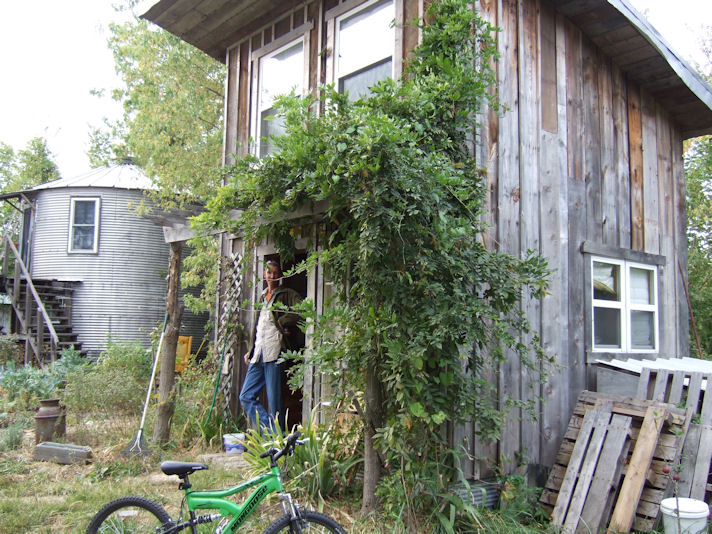

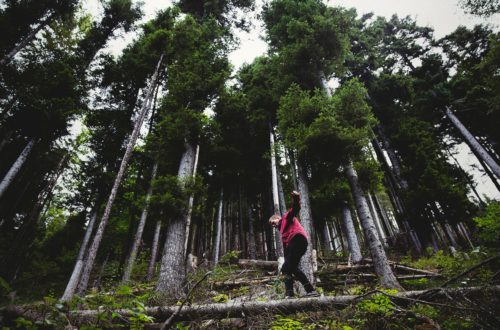
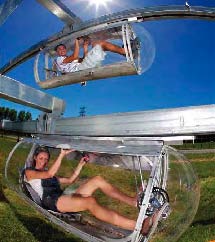
One Comment
www.readingwithtequila.com
Thanks forr sharing your info. I truly appreciate your efforts andd I will be waiting for your next post thanks
once again.